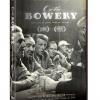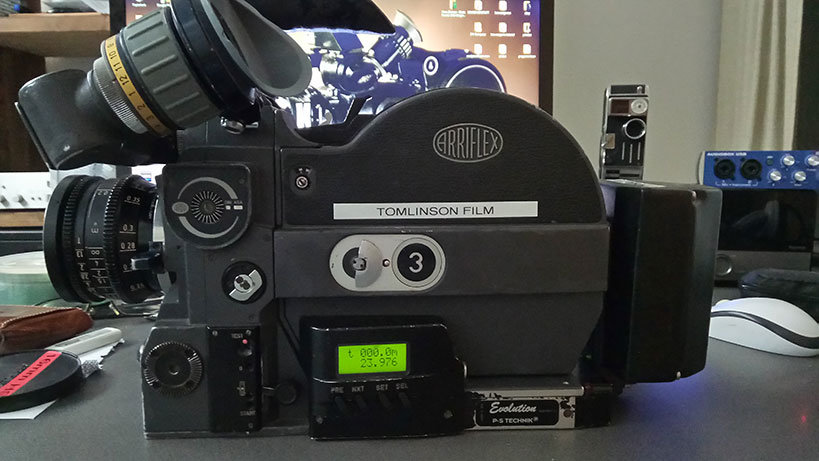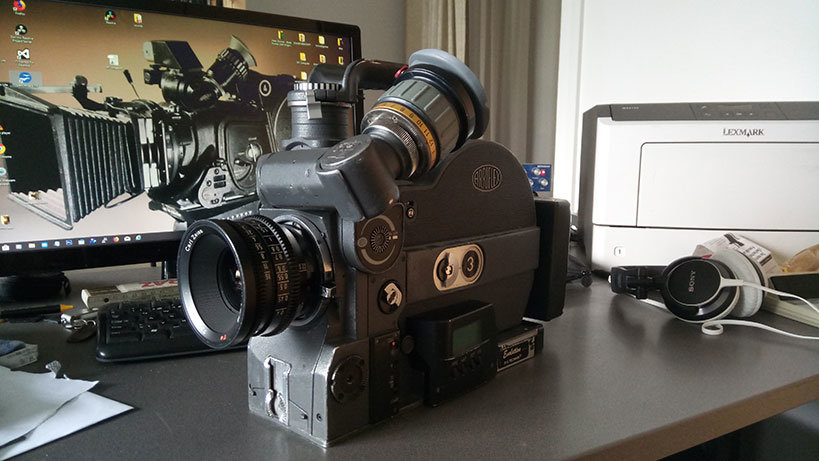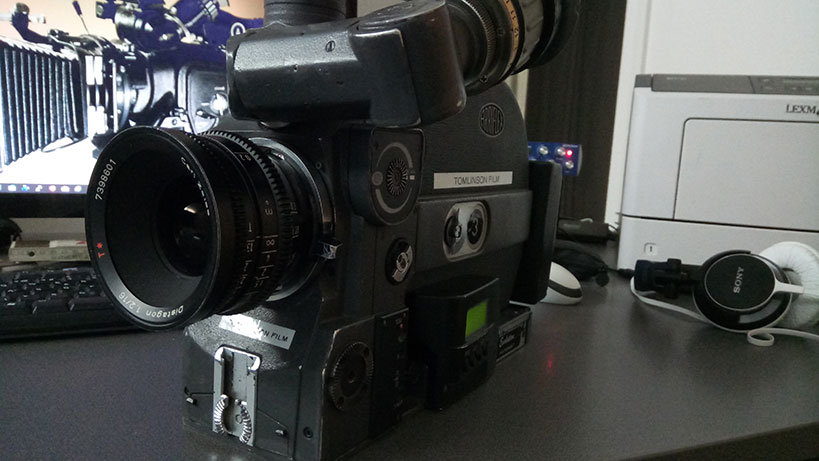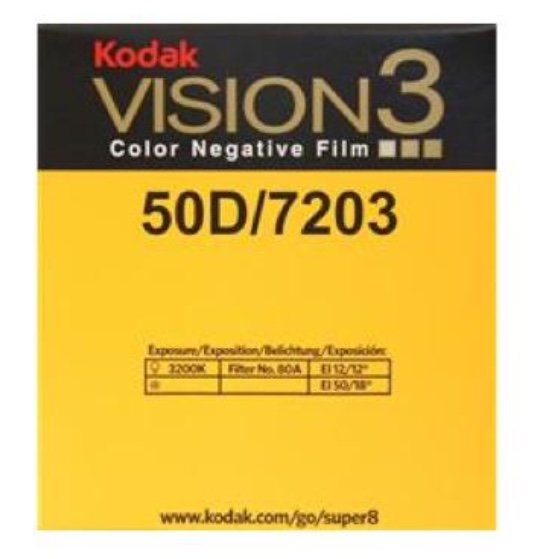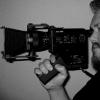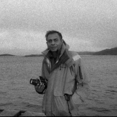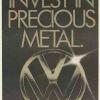Search the Community
Showing results for tags 'KODAK'.
-
Shared it in the Super 8 forum but figured such huge news warranted a post here as well! Kodak is reviving Ektachrome 100D!! http://www.kodak.com/US/en/corp/Press_center/Kodak_Brings_Back_a_Classic_with_EKTACHROME_Film/default.htm
- 89 replies
-
- 1
-

-
- super 8
- ektachrome
-
(and 3 more)
Tagged with:
-
Could anyone help me understand what microfilm is? One of my professors just gave me a roll of this.
-
Full book https://photographysgoldenage.wordpress.com/2018/10/03/kodak-cine-photoguide/
-
Hello everyone. I accidentally left the Wratten (85b) filter on while I was shooting with a Vision 50D in daylight. anyone could tell me what to expect? I am sure that the color temperature will be much warmer with red/yellow/orange overcast over the image. If so, there's any chance that i can slightly correct the "problem" in post prod? i've also used the automatic exposure of the camera and my biggest fear is that the image will look too much dark and underexposed to be used. Anyone with the same experience? Thanks for the attention.
- 2 replies
-
- super8
- kodakvision50d
- (and 7 more)
-
Hi All, I'm still really new to the forum so I hope this is the right place to post this. I was wondering if anyone had any advice on buying 35mm in bulk. I'm still a student and I love having the student discount with Kodak, but is the student deal the best I'm going to find? I'm assuming for fresh stock it probably is. I know a lot of people on here shoot with expired stock, does anyone have any suggestions on where to find expired stock in bulk? Thanks so much, Thomas
-
Finally i am back in Business. After ma Moviecam Compact was stolen from a British Guy (who actually is a registered Member here) :angry: i am a happy owner of a nice Film Camera again. It took me a few Years to save up for a new Camera as i am dealing with serious Health Condition (Heart Condition, kiddney failures etc...) and therefore my income comes from Health Insurance. A few days ago i could get a sweet ARRI SR2 Super16 - Advanced (12fps <-> 75fps) with two fresh recelled Batteries (recelling was just 4 months ago) a Charger, 2 Mags, a Ocular Extender and a Arri Lense Support Fork (for FF and MB) If i told you that the Camera was about 1800 US$ you probably wouldn't believe it, would you? haha. I also got a High Speed Zeiss 16mm lense for about 600$. i think it was a good Deal Your Oppinion?
-
Im am curious to gather some opinions. I plan on shooting a short in the near future on 16mm. Naturally my choice of stocks are limited to Kodak, and for production purposes 250D would be my best option. Now, really hate doing color correction and DI. I dont like doing it myself, and I dont want to pay to get a colorist to do it for me. I am wondering, how accurate are the colors of 250D, raw out of the stock? What sort of work would I have to do in post to make them accurate. Are there options for me in filtration to normalize the stock? My thought process is, that I want the stock to have an accurate color baseline for me to modify to fit my story. I am looking for a warm, medium contrast, and slightly diffused look. Something in between George Washington (2000) and The Long Goodbye (1973). For this, my idea of was to shoot with some TLS Rehoused Super Baltars, and apply a Tiffen Warm Black Pro-Mist 1/4. What do you think?
-
Originally posted in FILM STOCKS Im am curious to gather some opinions. I plan on shooting a short in the near future on 16mm. Naturally my choice of stocks are limited to Kodak, and for production purposes 250D would be my best option. Now, really hate doing color correction and DI. I dont like doing it myself, and I dont want to pay to get a colorist to do it for me. I am wondering, how accurate are the colors of 250D, raw out of the stock? What sort of work would I have to do in post to make them accurate. Are there options for me in filtration to normalize the stock? My thought process is, that I want the stock to have an accurate color baseline for me to modify to fit my story. I am looking for a warm, medium contrast, and slightly diffused look. Something in between George Washington (2000) and The Long Goodbye (1973). For this, my idea of was to shoot with some TLS Rehoused Super Baltars, and apply a Tiffen Warm Black Pro-Mist 1/4. What do you think
-
Ektachrome 7240 30 meter / 100 feet perforated for R-8 N-8 For the die-hard R-8/N-8 filmer and projection-lover I have had a stack of Ektachrome 7240 perforated for R-8 N-8 Obtained from a collection of materials from a careful filmer who kept it in cooled storage until just a few months ago. Euro 90 per roll of 30 meter/ 100 feet (check on Wittner (=45) or Kahl (=30) for their 7.5 meter non-Kodak-color material :) ) Material is on 100ft daylight spools. Will fit a number of cameras but most will require respooling onto small spools. I am expecting a load of small spools, just not here yet. Processing is in VNF-1 found at several labs. But also popular with DIY processing people :) Seller based in Netherlands. Within EU happy shipping and duty free :) Elsewhere Also available: 7240 in super-8 cartridge Kodak Surveillance color in super-8 Kodak 4-X in super-8 Kodak MF-4 in super-8 Plus-X in super-8
-
- kodak
- ektachrome
-
(and 1 more)
Tagged with:
-
Hello, I have recently bought a Kodak M24 instamatic camera online. A quick disclaimer - I know that they have been reported to have internal parts which have degraded and so upon use they break. I thought Id give filming on it a shot anyway, with the confidence that if it does break, itll still be a lovely item to own. My issue is, I havent been able to find out if its possible to work the modern Kodak super 8 film in the camera or not. Particularly, I was wondering if anyone knew if the type in the attached photograph would function in it? If not, I would be really grateful to anyone who could direct me towards any links to buy films that I could use in the camera. Thank you! Hannah
-
<iframe src="https://player.vimeo.com/video/258354917"width="640" height="360" frameborder="0" webkitallowfullscreen mozallowfullscreen allowfullscreen></iframe> Tyler Burns - "Knock On Wood/Frankenthaler" Shot this 9.5 minute double music video/short film on Kodak 16mm MPF (50D, 250D, 500T) with an Aaton XTR Prod and Zeiss Primes MKI over the course of almost 3 years in Oregon. Development by Fotokem (Burbank, CA) Telecine by Lightpress (Seattle, WA) Love to hear what y'all think. http://aleceagon.com http://instagram.com/aleceagon
-
Hello folks. I'm reading conflicting stuff about the rating of 16mm stock. Do you guys rate your stock a full stop over or 2/3 for day exterior? How about night exterior? I'll be shooting 250D and 50D mostly for now, on regular 16. I'm already compensating for the prism light loss on my Bolex Rex5 so I don't want to overexpose too much. What are your experiences? Thanks for your input!
-
...I've been shooting Tri-X since my student days in 1992. I love it's qualities and nothing quite compares to it. I'm beginning to wonder just how long Kodak will continue to produce this B&W reversal stock. Should I be bulk buying it or am I just a bit paranoid after 'losing' K40, 64T and 100D ???
-
Hello all! I'm shooting a short on 16mm Kodak 500T Vision3 next month. I'm looking to get a cold look out of the film. Thinking blue hues in the shadows, while keeping low contrast in the image. Hoping for something along the lines of the look of the film Godless. Specifically inspired by the MSs of men at 01:33 and 00:33. I have interiors and exteriors, day and night. Planning on using natural light and LiteMat 4's for lighting, and Ultra Primes for glass. Planning on shooting regular 16mm to get the tall aspect ratio. I was thinking I would use an 81 filter to adjust the Tungsten stock for daylight scenes to keep some of the inherent blue from the tungsten stock. I was also toying with using an Antique Suede 1 filter for colour correction... but was wondering if anyone has any advice or would know how to get a look similar to Godless. Should I pull the film a stop? Any filters I could use I don't know about? Appreciate any comments! thank you Peter
-
Greetings Everyone! Need some advice here on a sailing documentary which I have shot on S16 with an Arriflex SR3 camera. After a lot of struggles and failures, I have reached 50% of what I really wanted to achieve. Anyways, I have started assembling the footage. Cinelab Mass., has done a good job. I have the negatives scanned to 1080p HD without timecode. Few editor friends of mine suggested that I get the negatives scanned again with a timecode and then with a final cut timeline get a 2K scan and grading done the way we do for movies. I wish to showcase the documentary in film festivals. Do you think an HD output won't do justice? Generally,what formats are documentaries shown in film festivals? advice and suggestions welcome.
-
Hi, I have this made in Germany Kodak and I opened up the film door to make sure it was all in working order and now I can't close it. This camera is a little weird, you push a button to release the film door and I assume it is the same to close it, but it won't close. I'm a little stumped and was wondering if you guys knew anything. I'm planning on using this as my B&W camera and my Ricoh for color. Thanks!
-
<iframe src="https://player.vimeo.com/video/244517536"width="640" height="360" frameborder="0" webkitallowfullscreen mozallowfullscreen allowfullscreen></iframe> <p><a href=" ">iron sportster 883 hd</a> from <a href="https://vimeo.com/user18835395">Prashantt Rai</a> on <a href="https://vimeo.com">Vimeo</a>.</p> https://vimeo.com/244517536 I shot this long time back, early 2014 perhaps. Had the negatives scanned, graded, and 2k footage stored in a hard drive. The drive crashed. Data recovery guys were asking a lot of money. I got it scanned again now. I shot this with a focus puller and a driver one early morning on Kodak 200T.
-
Shot on Super 16. Kodak Vision3 Stocks. 200T and 50D.
-
Hello All! New user here and I'm hoping this great community can help me out. For the past week, I have been desperately trying to find a comprehensive and complete guide to processing Kodak Super 8 Tri-X 7266 at home. I can't seem to find any localized complete source of information on how to do this--while I've been able to find what sort of materials I'd need, the chemistry bit seems really though to understand. There seems to be multiple opinions on what sort of chemistry to use, but no real guide on how to do it or which chemistry works best. Now to be honest, I've never developed reversal film at home before--however, I do have a darkroom, and have been devleoping my own still film (black and white and color) since I was about 13 (I'm 25 now.) I've been shooting Super 8 (and Reg. 8, and some 16 here and there) for a long time now, and I'm to the point where I'm shooting so much of it, I think it might make sense to invest up front in the materials to develop at least Super 8 Tri-X at home. I should also say: I'm not a chemist--I have a degree in English, so I took 1 chemistry class in all of my education--and it was the history of chemicals--so my ability to understand how chemistry works is pretty sad, to be honest--I know how to follow mixing instructions on bottles and packets--that's about it! I'm just interested in processing the film for reversal results--I'm not interested in cross processing or anything 'artistic'--I'd like to just reproduce the results from the lab, if at all possible Can anyone provide a resource that goes over exactly what chemicals to use to process Super 8 Tri-X 7266 (and possibly where to buy them), mixing instructions, and processing times? I would be forever in your debt! Here's my materials list: -Chemistry -Spiral Lomo Tank -Containers for chemistry? -100 or 300 watt bulb -Drying device (Morse Drying Drum (or similar) Thanks to all for your time and help! Owen - Cleveland.
- 18 replies
-
Hi all, I'm starting prep work for my college thesis at Emerson and I'm researching into the different challenges with shooting the project on film. I'm particularly thinking 16mm, just for budgetary reasons, and can't seem to find a Super 16mm camera that shoots up to 300 fps other than scientific/military cameras. The film is about a track athlete, so I'm wanting to get some very beautiful, frozen moment shots of our talent running. Does anyone know of any cameras that shoot as high as 300 fps? I see most of the HS cameras from Arri only go up to 150 fps. Thanks!
- 1 reply
-
- 16mm
- high speed
-
(and 6 more)
Tagged with:
-
Hi everyone, I'm writing a piece on the history of colour correction/grading through the ages and was wondering if any of you have been in the business long enough to have first hand experience of grading with film before it went digital? If any of you have any information about who to talk to or know of anywhere that still processes film (preferably in London), please let me know!
- 10 replies
-
Hello group, Just got a 100ft roll of 16mm 1R Eastman 7222 Double-X neg stock. The label states "© 2002". Also bought supposedly fresh Double-X stock very recently and the label says "© 2009". Q 1: anyone know what's the deal with the dates (same with Ektachrome 100D BTW)? Q 2: should I compensate for sensitivity loss with the 2002 Double-X stock? I know that overexposing Double-X is bad - not like current Kodak color neg at all. Love the classic look of Double-X with its typical 'vintage' grain pattern ranging from shadows all the way up to highlights. Any reply/tips very highly appreciated. Christian
- 26 replies
-
- film stock
- Super 16mm
-
(and 3 more)
Tagged with:
-
Hello everybody, I was hoping to find the Kodak Super 8 film camera at the NAB2017, but I haven't have any luck. Does anyone knows what happened to that project? MOY




